
- August 27, 2023
- Dennis Frank
- 2
Table of Contents
Blockchain technology has revolutionized the way we conduct digital transactions. It has provided a secure and transparent platform for recording and verifying transactions without the need for intermediaries. Central to the functioning of blockchain technology is the consensus mechanism. In this article, we will explore the fundamentals of blockchain technology, the concept of consensus mechanism, how it works, and its impact on blockchain performance.
The Fundamentals of Blockchain Technology
Before diving into the intricacies of consensus mechanisms, it is essential to understand the basics of blockchain technology. At its core, blockchain is a decentralized ledger that records transactions across multiple computers, also known as nodes. Each transaction is grouped into a block that contains a unique digital signature, timestamp, and a reference to the previous block. This chain of blocks forms the blockchain.
But what exactly makes blockchain technology so revolutionary? Well, let’s delve deeper into its inner workings and explore the fascinating world of digital transactions.
The Role of Blockchain in Digital Transactions
Blockchain technology plays a crucial role in enabling secure and efficient digital transactions. By eliminating the need for intermediaries, such as banks or payment processors, blockchain allows for peer-to-peer transactions. This not only reduces costs but also enhances transaction speed and transparency.
Imagine a world where you can send money directly to another person, anywhere in the world, without the need for a middleman. With blockchain, this becomes a reality. The decentralized nature of blockchain ensures that no single entity has control over the network. Instead, transactions are validated through consensus mechanisms, which we will explore in more detail later in this article.
But how does the structure of blockchain contribute to its security and immutability?
The Structure of Blockchain: Blocks and Chains
As mentioned earlier, blockchain consists of interconnected blocks that hold transaction data. Each block contains a unique digital signature, timestamp, and a reference to the previous block, forming a chain. This structure creates a chronological and immutable record of transactions, making it nearly impossible to alter or tamper with.
Imagine the blockchain as a digital ledger, where each block represents a page filled with transactions. Each page is connected to the previous one, creating a chain of information. This chain grows longer as more transactions occur and blocks are added, further reinforcing the security and integrity of the blockchain.
But what happens when a new transaction occurs? How does it become a part of the blockchain?
When a new transaction occurs, it is added to a new block. This block is then linked to the previous block, forming a chain. This process is known as mining, where specialized computers, known as miners, compete to solve complex mathematical problems. The first miner to solve the problem adds the new block to the blockchain and is rewarded with cryptocurrency. See: Understanding How Cryptocurrency Works
This mining process not only adds new transactions to the blockchain but also ensures the security and immutability of the entire network. Since each block contains a reference to the previous block, any attempt to alter a transaction would require changing the entire chain, which is computationally infeasible.
So, in summary, blockchain technology revolutionizes digital transactions by providing a decentralized and secure platform. By eliminating the need for intermediaries and relying on consensus mechanisms, blockchain enables peer-to-peer transactions that are transparent, efficient, and tamper-proof. The structure of interconnected blocks and chains further enhances the security and immutability of the blockchain, making it a game-changer in various industries. Here is an
The Concept of Consensus Mechanism
Consensus mechanism is the underlying principle that ensures agreement and synchronization among the nodes in a blockchain network. It enables a distributed network of participants to reach consensus on the validity and order of transactions.
The Importance of Consensus in Blockchain
Consensus is crucial in blockchain technology as it prevents double-spending, ensures transaction integrity, and maintains the overall security of the network. In a decentralized network, where multiple nodes participate in transaction validation, consensus mechanisms provide a way to establish trust and agreement.
Without a consensus mechanism, a blockchain network would be susceptible to attacks and manipulation. Consensus mechanisms enable blockchain networks to withstand malicious activities and ensure that only valid and verified transactions are included in the blockchain.
Different Types of Consensus Mechanisms
There are several types of consensus mechanisms used in blockchain networks. Each mechanism employs a different set of rules and algorithms to achieve consensus. Let’s take a closer look at some of the popular consensus mechanisms:
- Proof of Work (PoW): PoW is the most well-known consensus mechanism, primarily used by Bitcoin. In PoW, participants, known as miners, solve complex mathematical puzzles to validate transactions and create new blocks. The miner who solves the puzzle first is rewarded with new cryptocurrency coins.
- Proof of Stake (PoS): PoS is an alternative to PoW and addresses some of its drawbacks. Instead of miners, PoS uses validators who are selected based on their stake, i.e., the number of coins they hold. Validators are chosen to create new blocks based on their stake, and they are rewarded with transaction fees.

How Consensus Mechanism Works in Blockchain
Now that we understand the importance of consensus mechanisms, let’s delve into how they work in blockchain networks.
The Process of Reaching Consensus
In a blockchain network, consensus is achieved through a series of steps:
- Proposal: A participant proposes a new block containing a batch of transactions.
- Validation: Other participants validate the proposed block by checking the transactions’ validity and ensuring they adhere to the network’s predefined rules.
- Agreement: Once the block is validated, participants agree on including it in the blockchain. This is usually done through a voting process or by reaching a certain threshold of agreement.
- Confirmation: The agreed-upon block is added to the blockchain and becomes a permanent part of the ledger. To learn more about the different types of consensus mechanisms in blockchain, see: Exploring the Different Types of Consensus Mechanisms in Blockchain
Ensuring Security and Trust through Consensus
Consensus mechanisms play a crucial role in ensuring the security and trustworthiness of blockchain networks. By requiring multiple participants to validate transactions and agree on their inclusion in the blockchain, consensus mechanisms prevent malicious activities and ensure that the network operates smoothly and reliably.
Popular Consensus Mechanisms in Use Today
There are several consensus mechanisms in use today, each with its unique characteristics and advantages:
Proof of Work (PoW) and How It Works
PoW, as mentioned earlier, is the most widely known consensus mechanism. It relies on computational power to solve complex mathematical puzzles. Miners compete to solve these puzzles, and the first one to find the solution is rewarded with new cryptocurrency coins. This mechanism ensures that transactions are valid and discourages malicious activities due to the computational resources required.More about Proof of Work
Proof of Stake (PoS) and Its Functioning
PoS, on the other hand, removes the need for intensive computational power by relying on the validators’ stake. Validators are selected based on their ownership of cryptocurrency coins, and they are given the responsibility of creating new blocks and validating transactions. This mechanism incentivizes stakeholders to act in the network’s best interest to maintain security and stability. More here on Proof of Stake
The Impact of Consensus Mechanisms on Blockchain Performance
The choice of consensus mechanism can have a significant impact on blockchain performance, particularly in terms of speed, efficiency, scalability, and decentralization.
Speed and Efficiency in Blockchain Transactions
Some consensus mechanisms, such as PoW, can be time-consuming and require substantial computational resources. This can result in longer transaction confirmation times and increased energy consumption. On the other hand, mechanisms like PoS offer faster and more energy-efficient transactions, making them ideal for applications that require high-speed transactions and low energy consumption.
The Role of Consensus Mechanisms in Scalability and Decentralization
Scalability and decentralization are essential considerations in blockchain networks. Scalability refers to a network’s ability to handle a large volume of transactions, while decentralization ensures that no single entity has control over the network. Consensus mechanisms like PoW and PoS have different implications for scalability and decentralization. PoW can suffer from scalability issues due to the computational overhead, while PoS offers the potential for greater scalability and energy efficiency.
In Conclusion
Consensus mechanisms are the backbone of blockchain technology, enabling secure and transparent digital transactions. Through mechanisms like PoW and PoS, blockchain networks can achieve consensus, ensuring transaction integrity and preventing malicious activities. The choice of consensus mechanism influences blockchain performance, including speed, efficiency, scalability, and decentralization.
By understanding how consensus mechanisms work, we can appreciate the vital role they play in maintaining trust and security in blockchain networks. As blockchain technology continues to evolve, new consensus mechanisms are likely to emerge, further enhancing the efficiency and scalability of this revolutionary technology. As always, I’ve included a link to the KryptoKraken Videos for those of you who prefer to learn from video





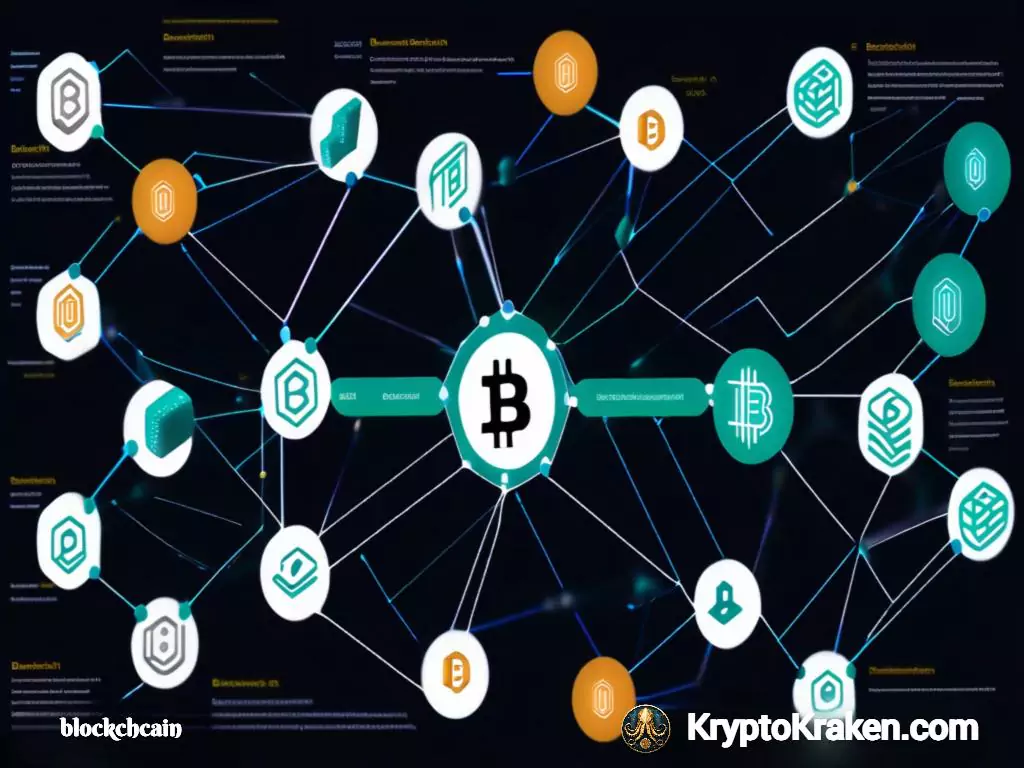




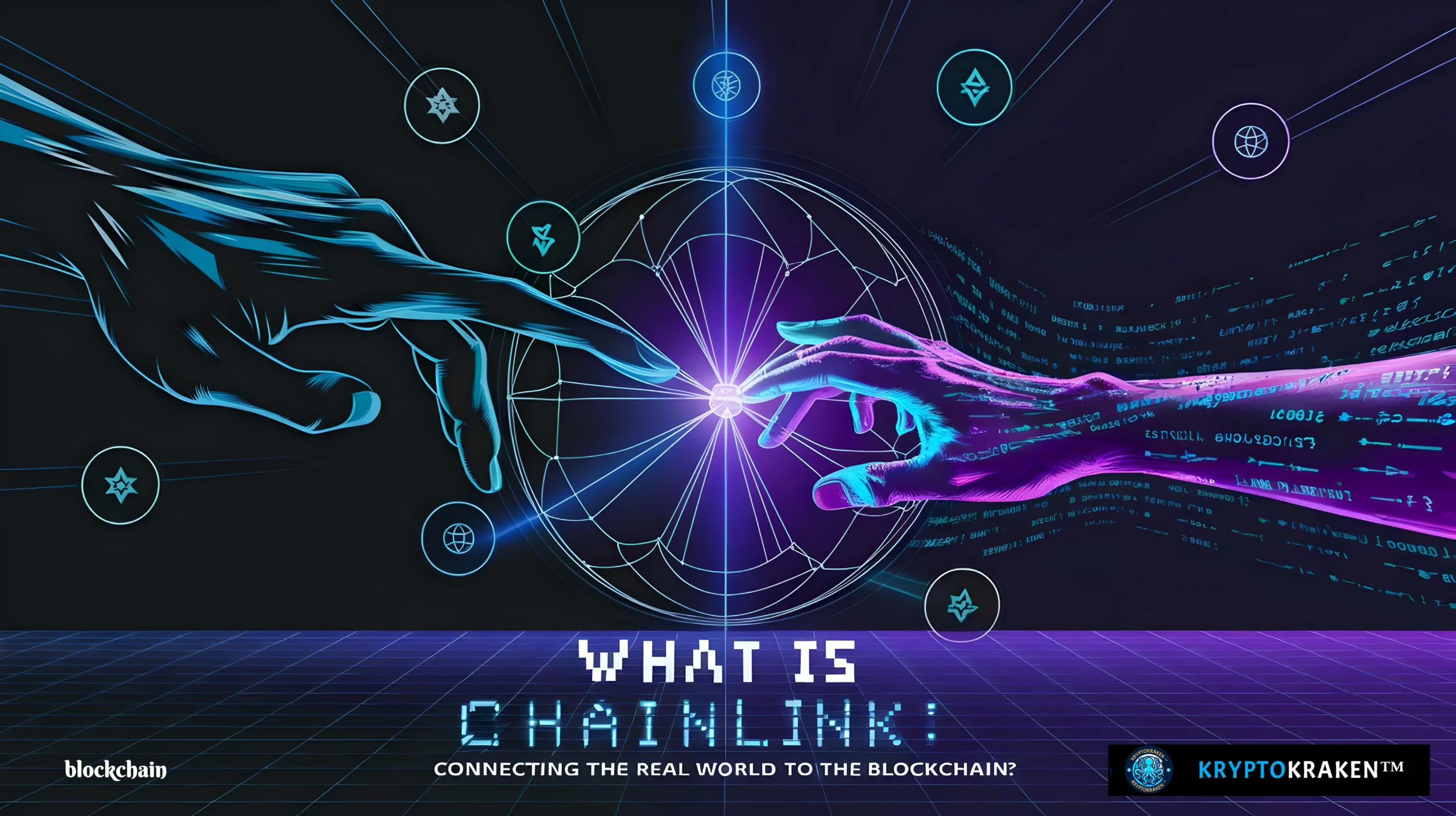





















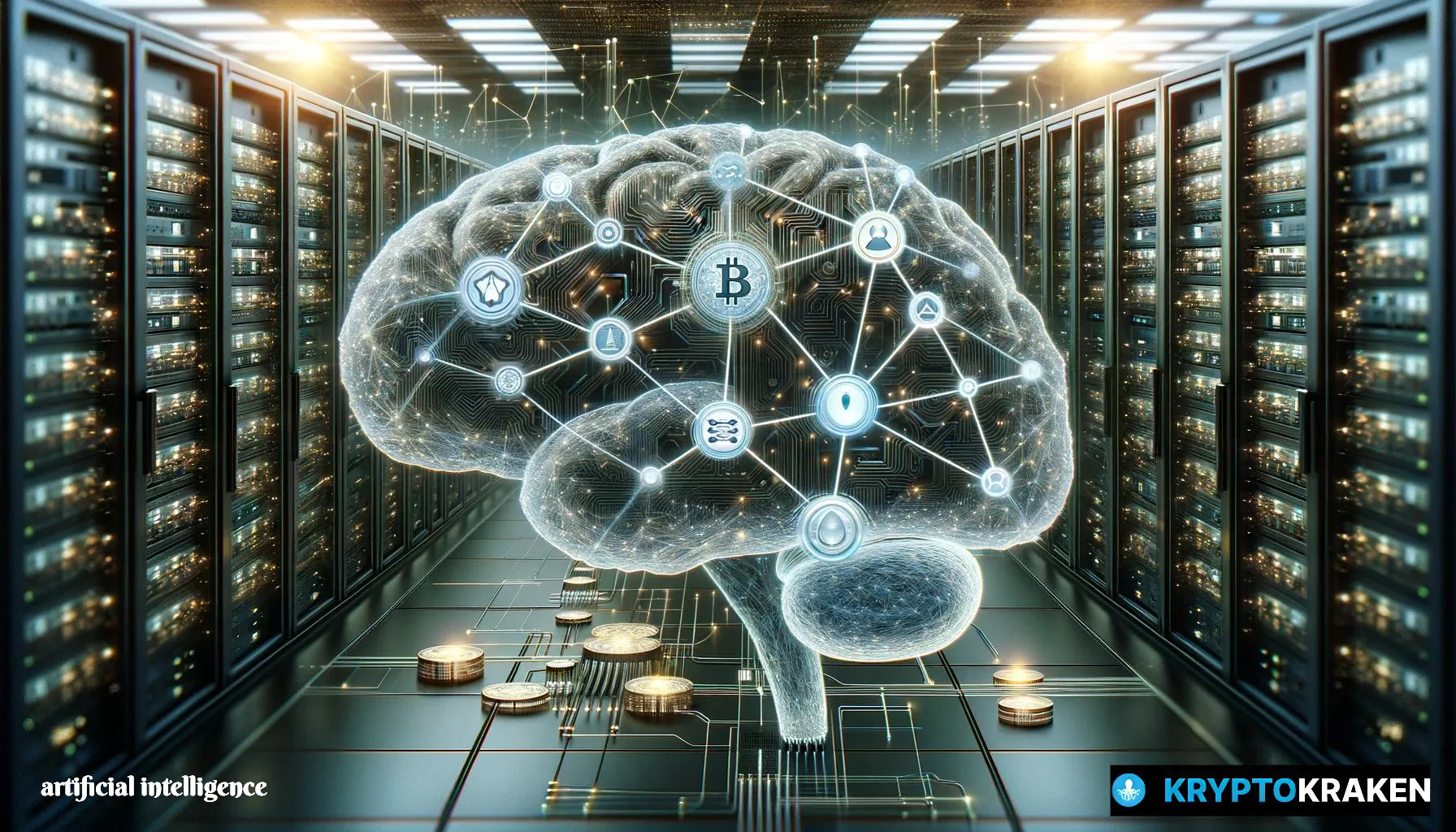





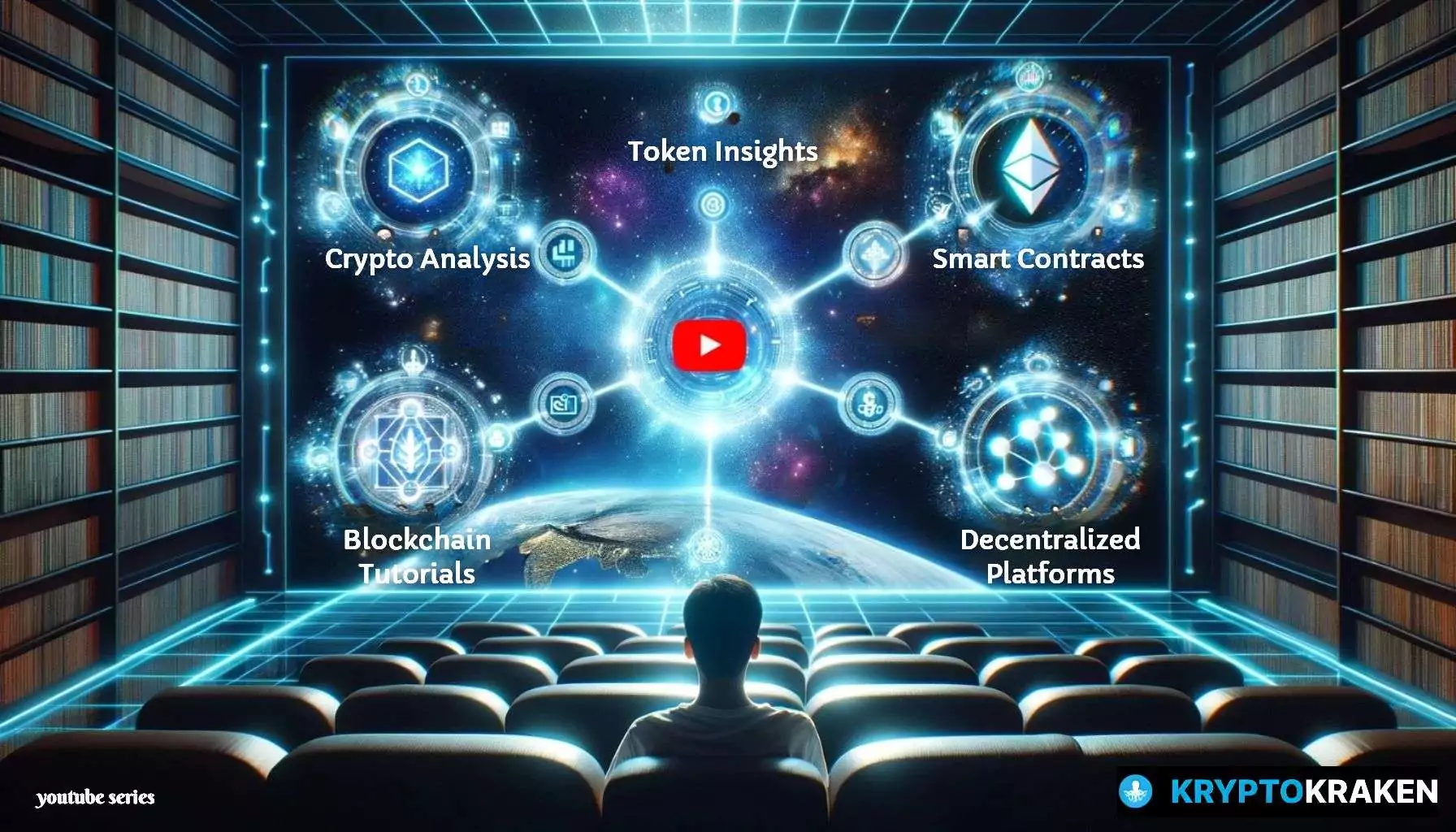





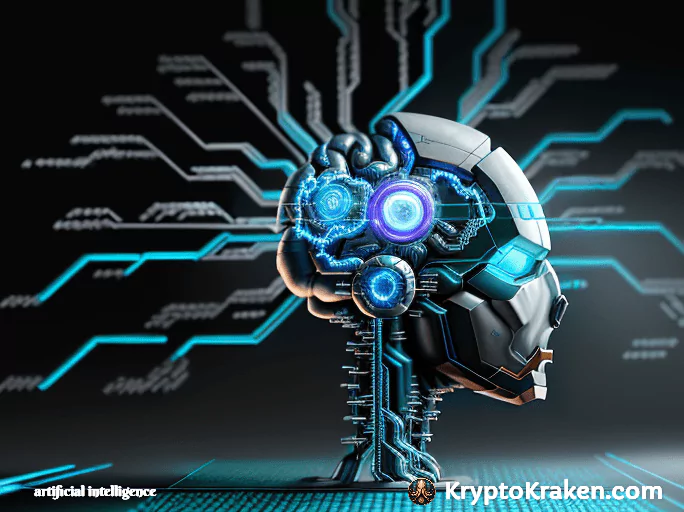


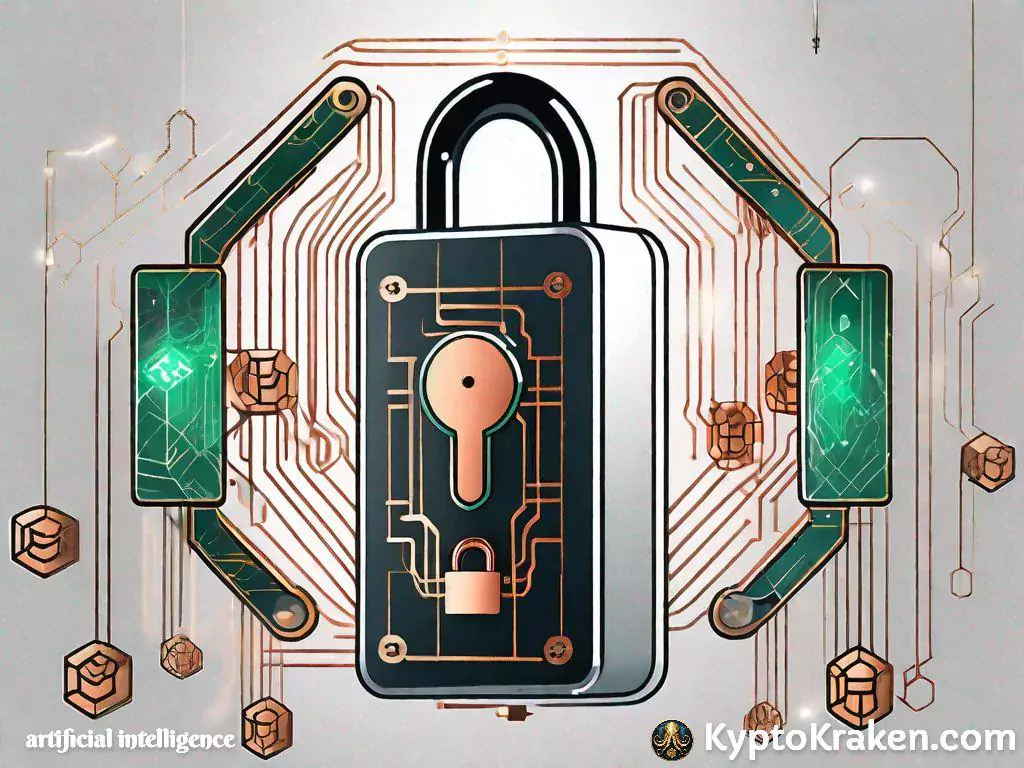
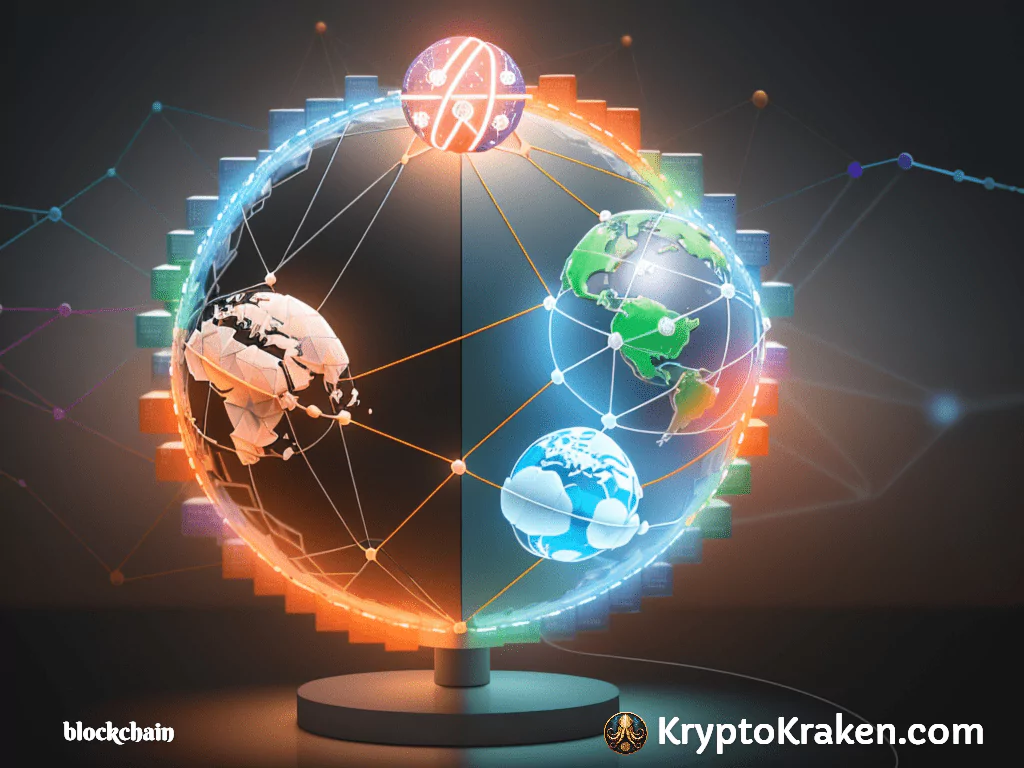




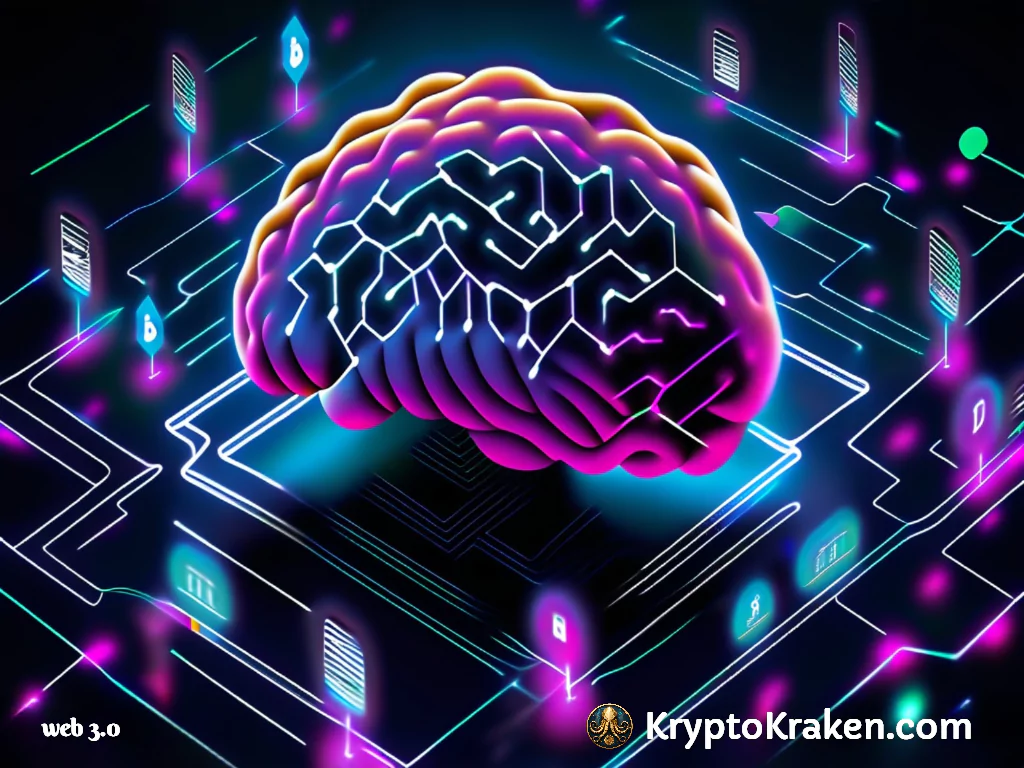
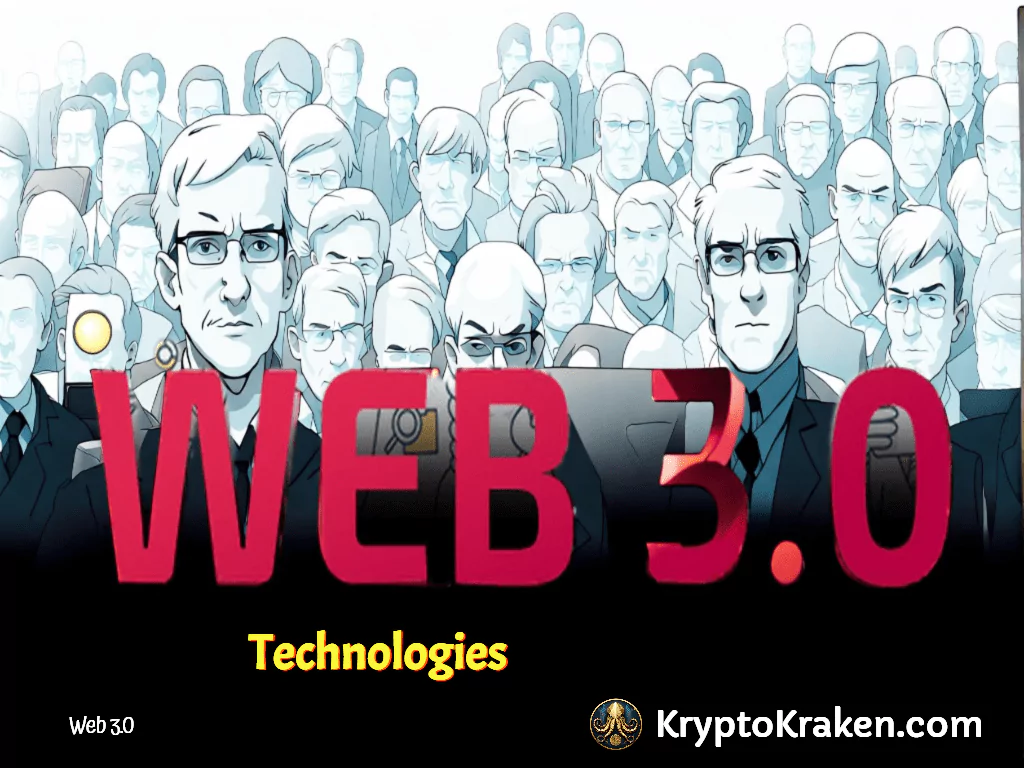

















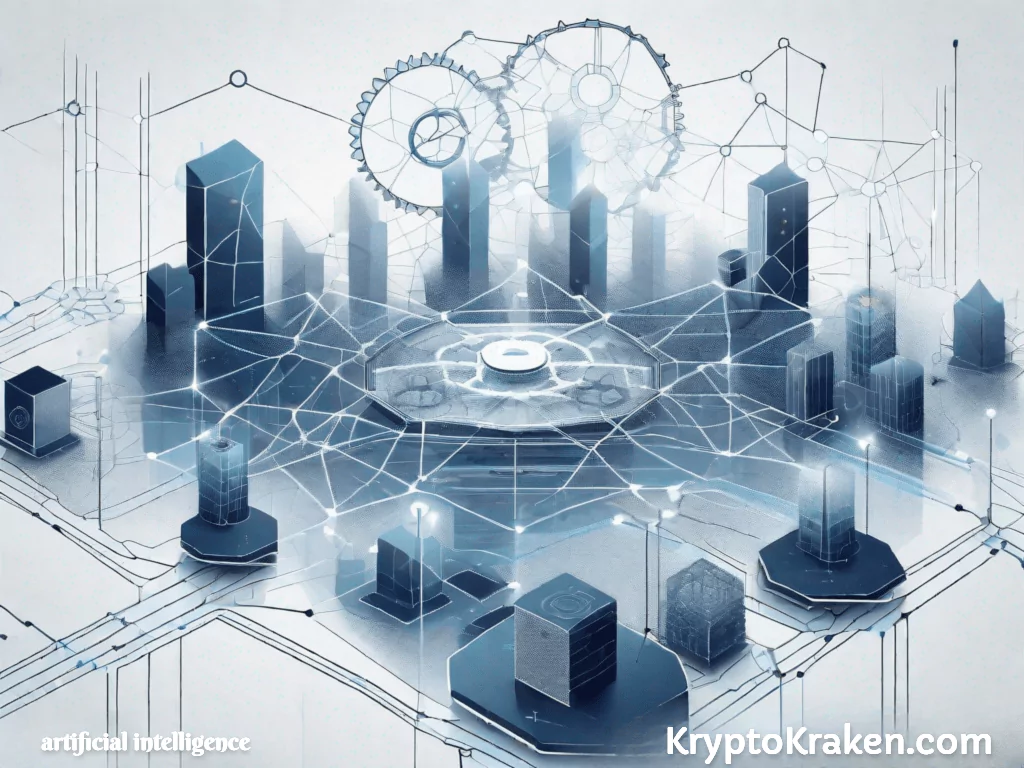
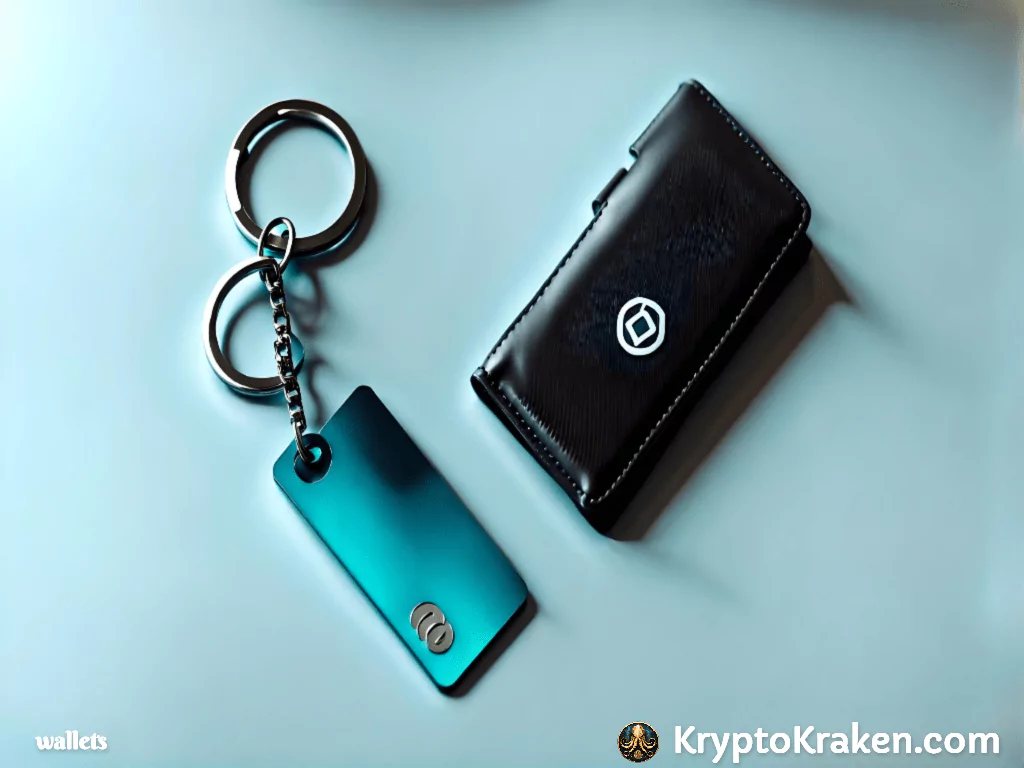
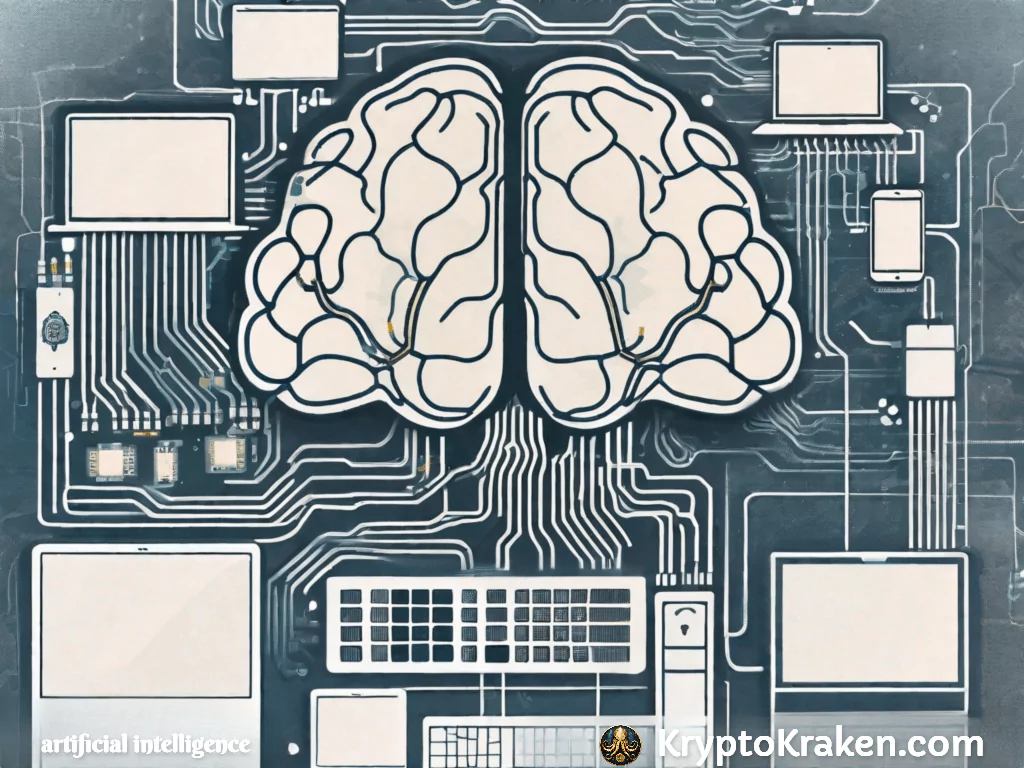

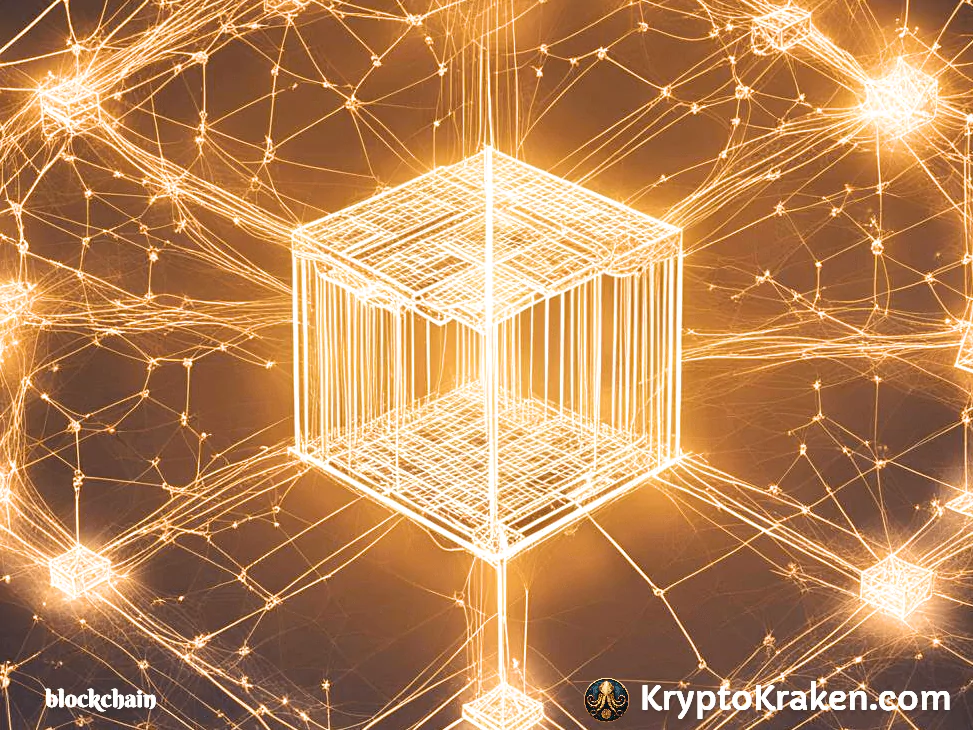
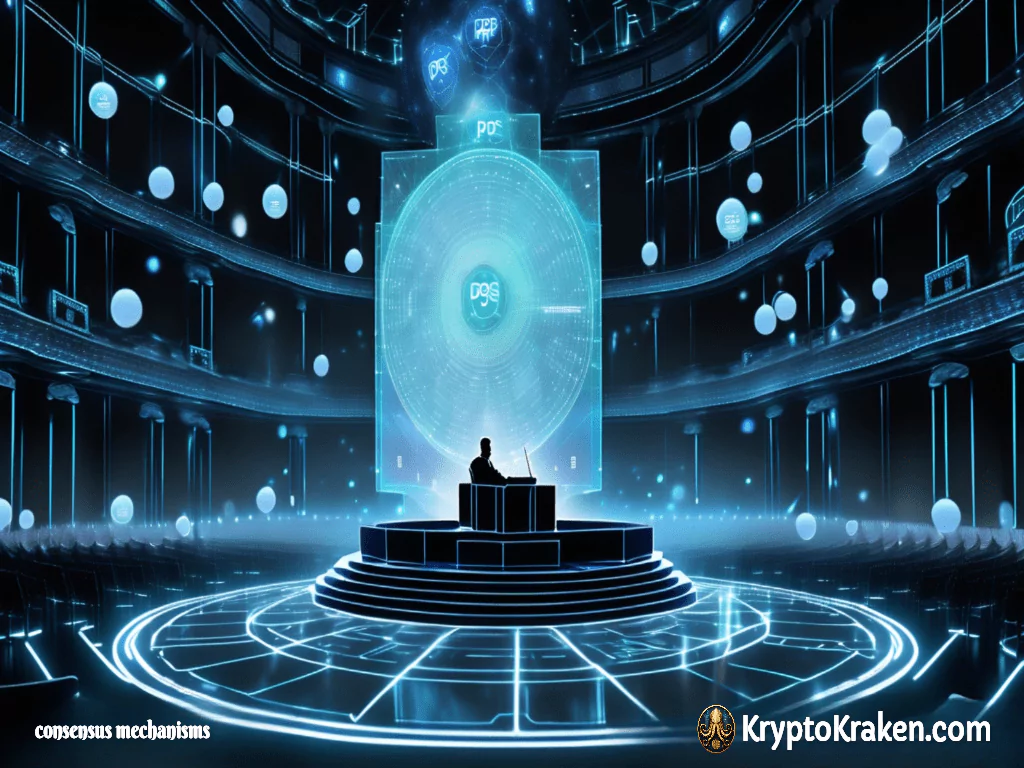


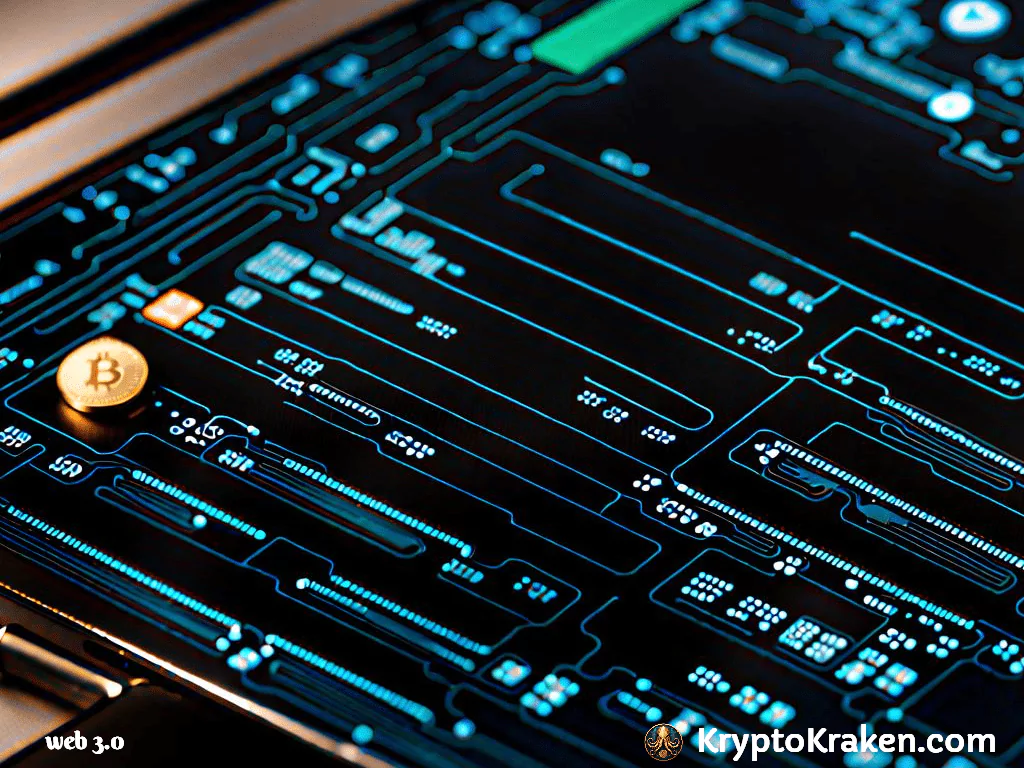





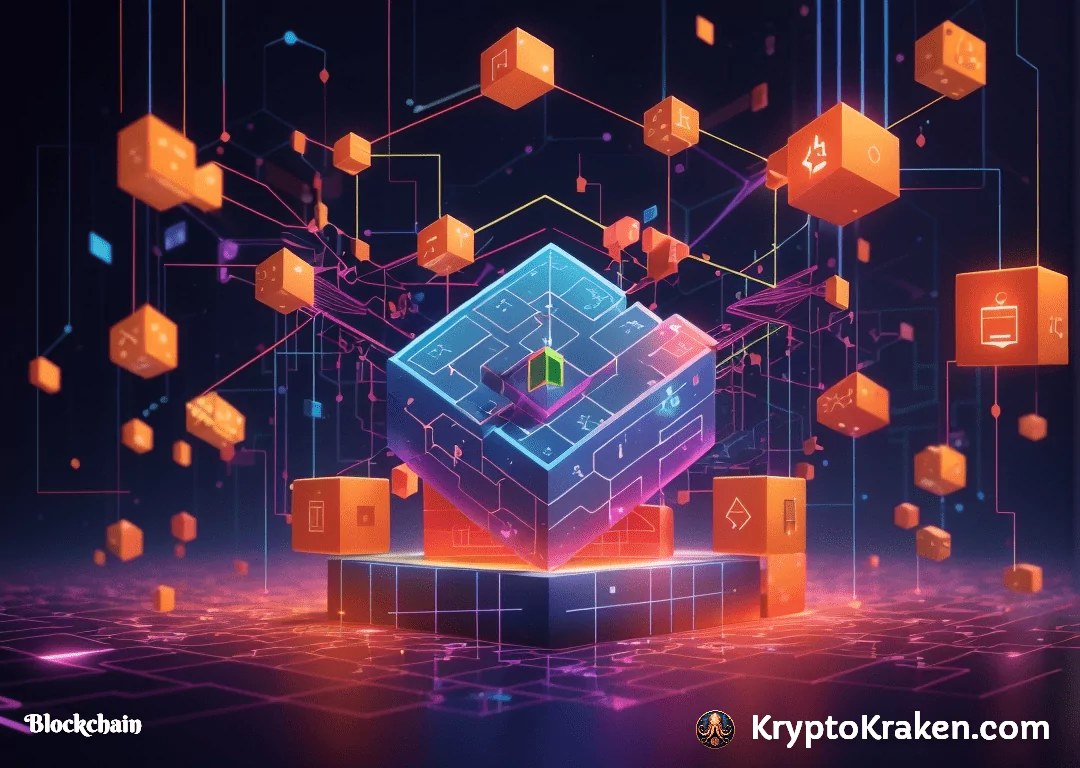
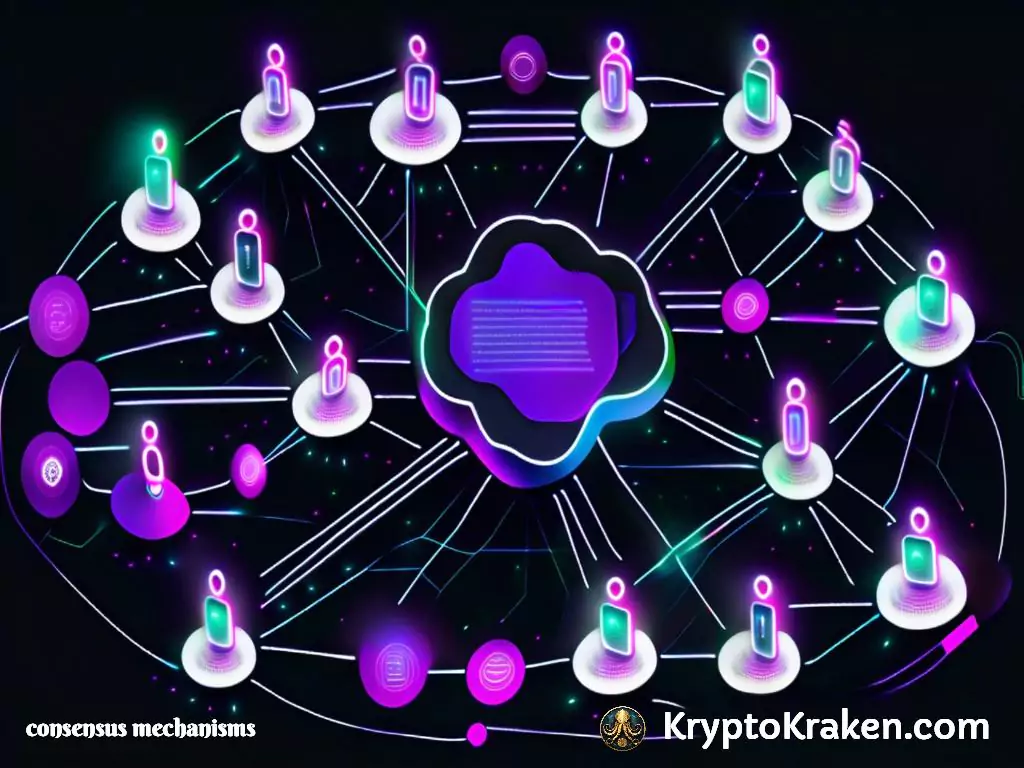
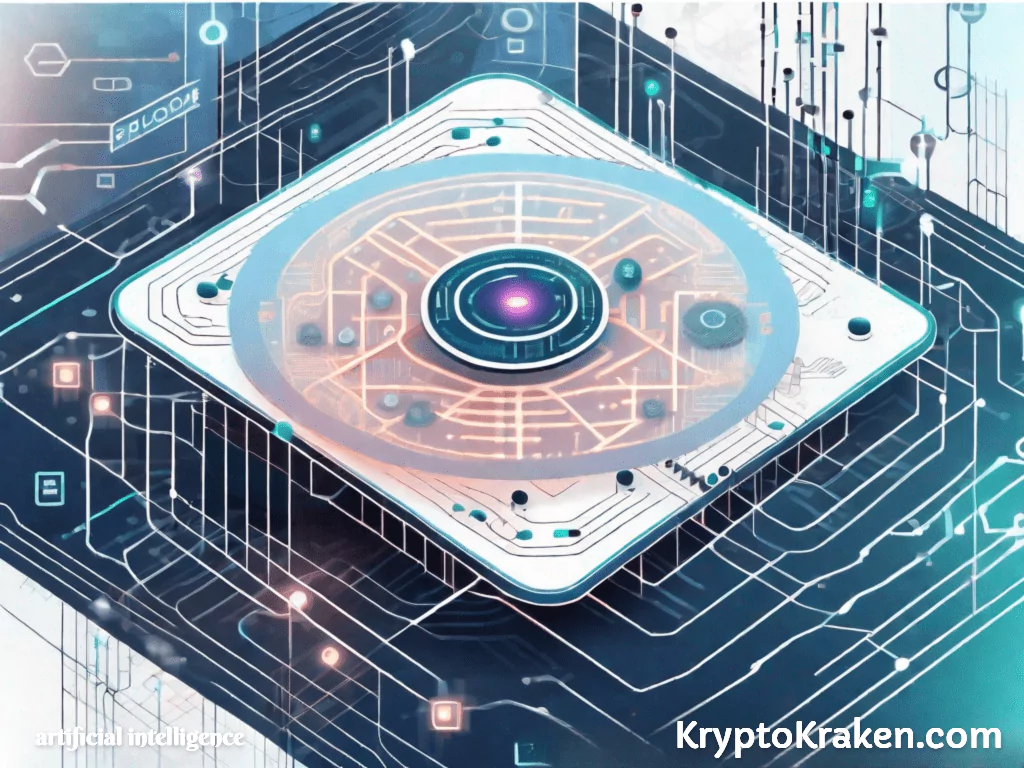
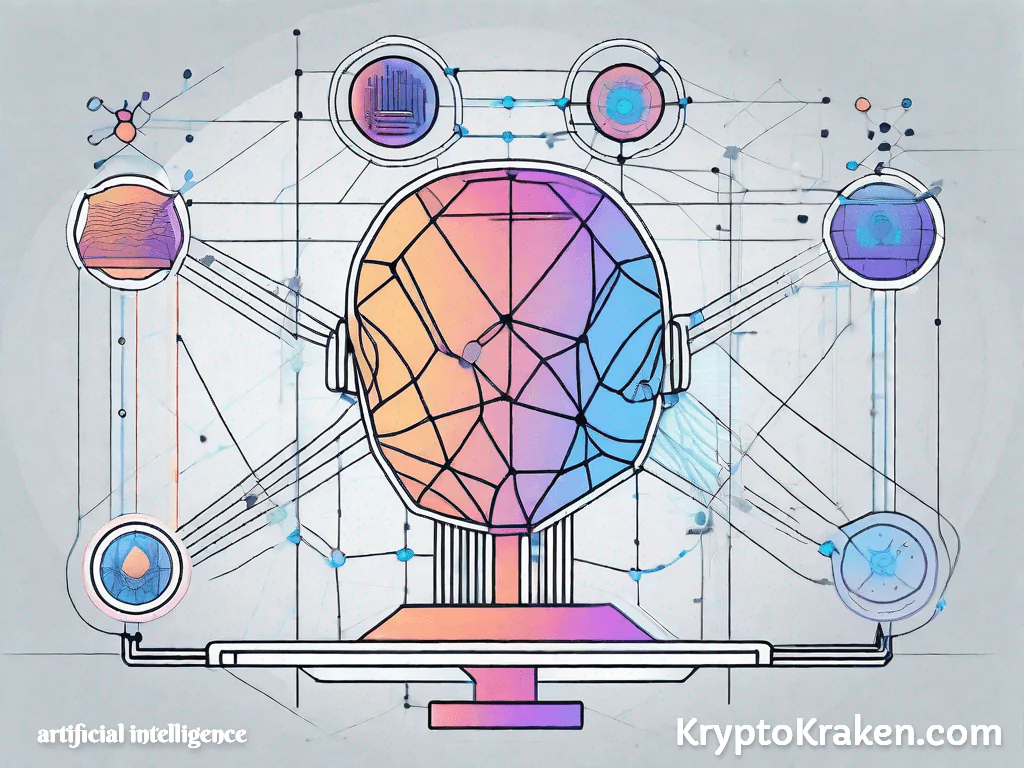
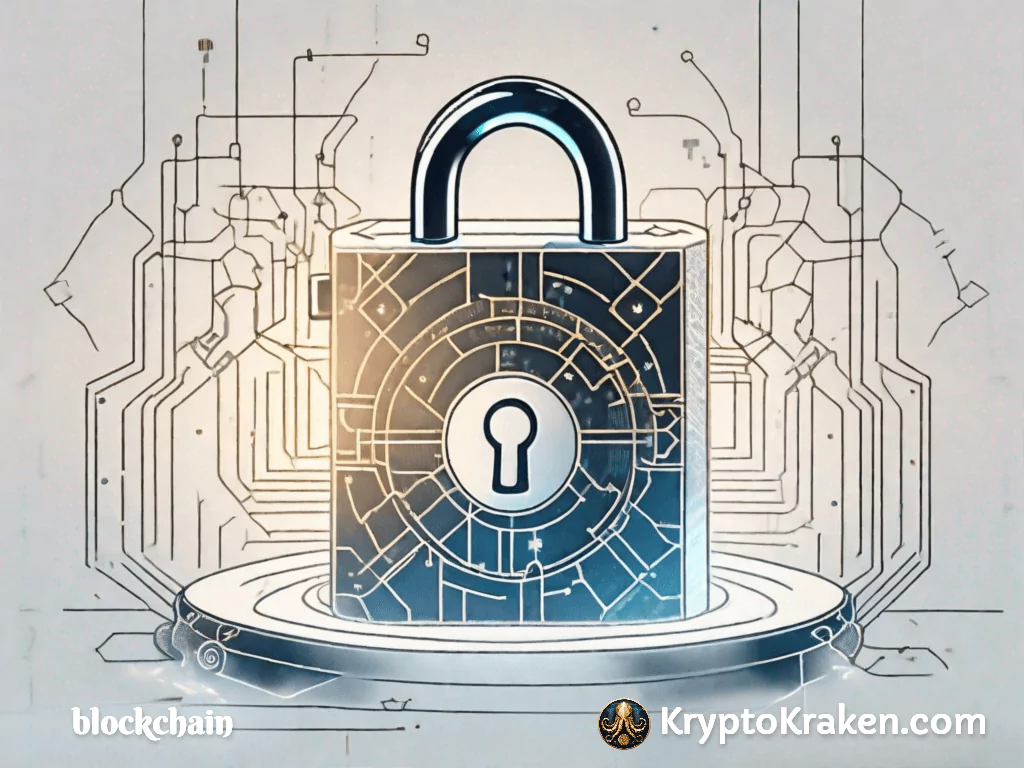



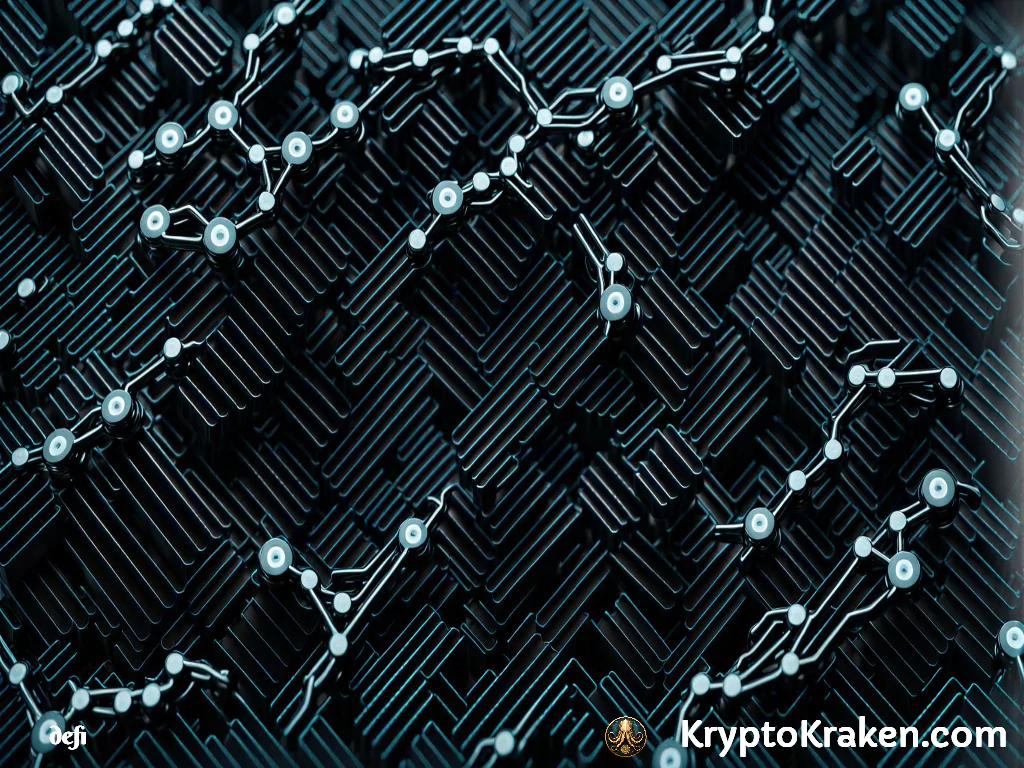
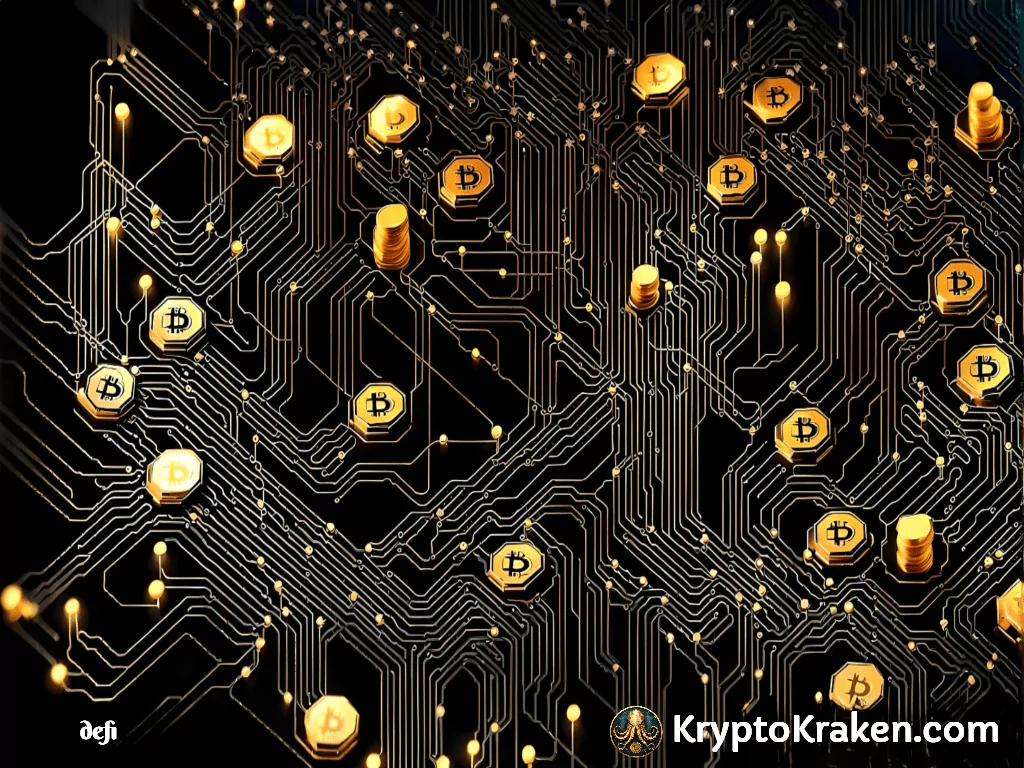
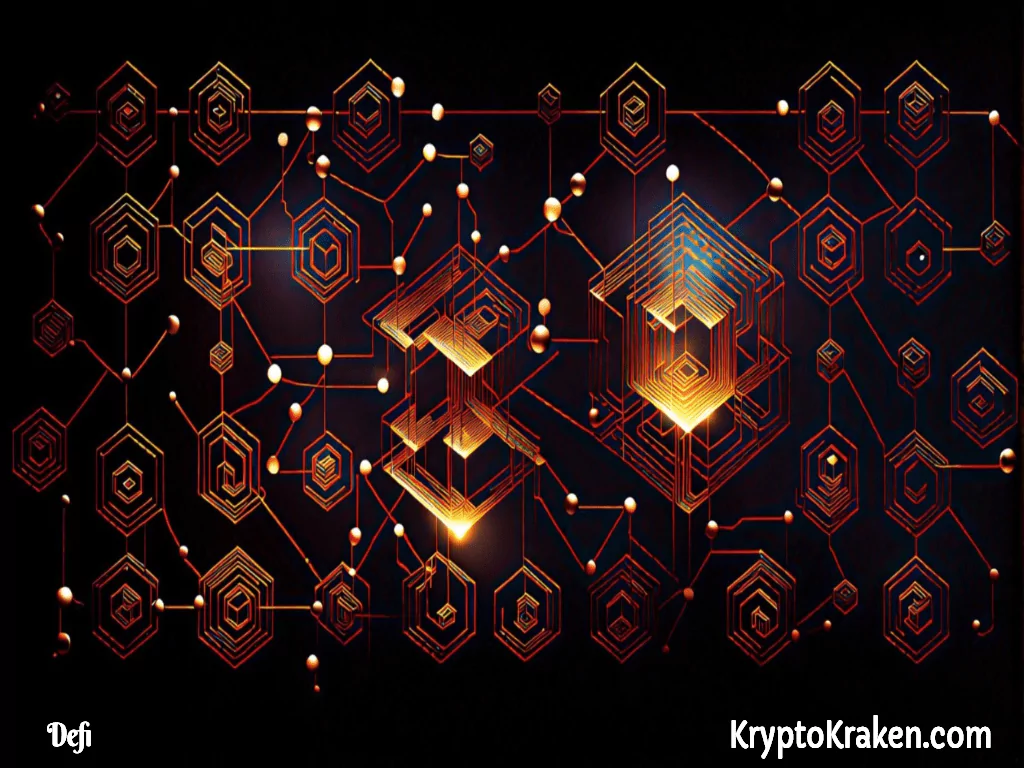





2 comments on “Understanding How Consensus Mechanism Works in Blockchain”